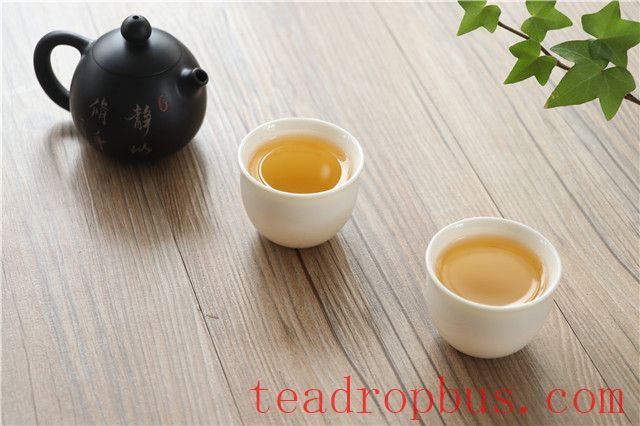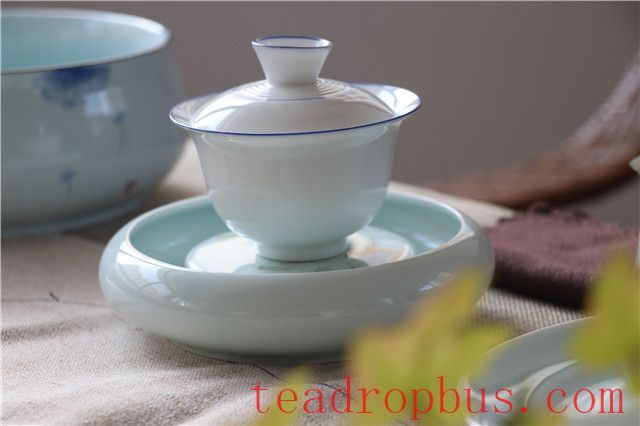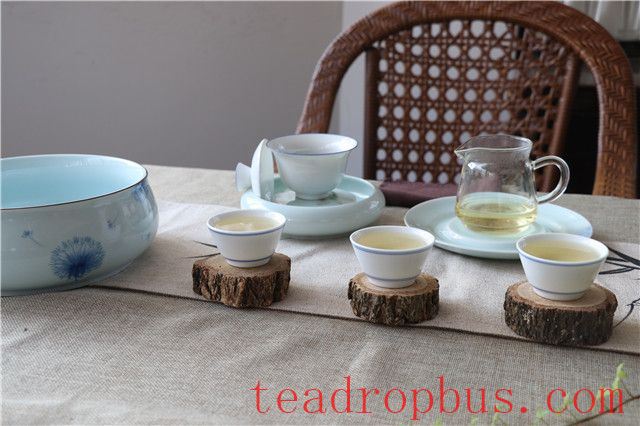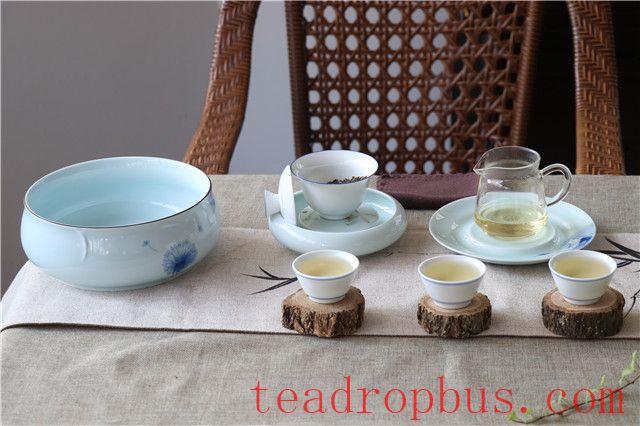There are many types of Tea on the market, and everyone has their preferences. However, the key lies in the choice of tea ware. When brewing tea, using corresponding tea ware can make the taste much better than ordinary ones. Many people enjoy drinking Pu'er tea, so what kind of tea ware is best to brew this type of tea? Additionally, some people are not clear about how to use tea ware. Let's look at the details below.

What Kind of Tea Ware Should Be Used for Pu'er Tea
1. Yixing (Purple Clay) Tea Ware
Pu'er tea is a type of tea worth savoring. When brewing Pu'er tea, the selection of tea ware cannot be overlooked; otherwise, it would be a waste of such good Pu'er tea. Speaking of suitable tea ware for brewing Pu'er tea, Yixing (purple clay) tea ware is naturally the first choice. This is because Pu'er tea requires hot water to slowly release its essence. Therefore, the temperature-retaining properties of a Yixing teapot make it the most suitable option. Moreover, the excellent breathability of Yixing Teapots perfectly preserves the original aroma of Pu'er tea.
Benefits of Brewing Pu'er Tea with a Yixing Teapot: Using a Yixing teapot to brew Pu'er tea has many advantages, as it can maintain the original aroma of the tea without allowing it to disperse easily. It also reduces the generation of off-flavors and prevents the tea from changing its taste. Even after several infusions, the flavor remains intense.

2. Gaiwan (Covered Bowl) Tea Ware
Gaiwan tea ware is also very popular in modern times and was one of the earliest types of tea ware used by traditional people. Using gaiwan tea ware to brew Pu'er tea is also a good choice, as it allows you to appreciate the aroma of the lid while preserving the initial fragrance of the tea. With gaiwan tea ware, it is convenient to evaluate Pu'er tea, clean it, and observe the leaf residue. This may be why many people prefer using gaiwans to brew tea, making it suitable for tea enthusiasts. The benefits of brewing tea with gaiwan tea ware include quick pouring, easy rinsing, large brewing capacity, and short brewing time.
3. Porcelain Tea Ware
Porcelain tea ware is very common in daily life, and porcelain products are necessities in our lives. Porcelain tea ware generally has a larger volume, which helps to better display the color, aroma, and taste of Pu'er tea. Moreover, porcelain tea ware embodies classical Chinese beauty, making it very fitting for tea. Many seasoned tea enthusiasts enjoy using porcelain tea ware to brew tea due to its unique sentimentality.

4. Bamboo Tea Ware
Pu'er tea, produced in the Yunnan region, is also the favorite tea of the locals. Many people in Yunnan choose traditional bamboo tea ware to brew Pu'er tea. We all know that bamboo comes from mountains and has a natural, fresh scent. Tea ware made from bamboo is naturally very natural and has a faint, refreshing aroma. Combining the rich aroma of Pu'er tea with bamboo tea ware can create a uniquely distinctive Pu'er tea.
5. Travel (Easy-Brew) Cup
The travel cup style of tea ware typically uses a separate layered design, which is beneficial for brewing Pu'er tea. Pu'er tea should not be steeped for long periods in the tea liquor. Therefore, the layered design of the travel cup can solve this problem by separating the tea leaves from the tea liquor. Furthermore, drinking from a travel cup is very convenient, as it filters out the tea leaves and extracts the tea liquor, making it particularly suitable for those who work in offices.

Tea culture originated in China, and thousands of years ago, tea already had a prominent place on the tables of Chinese households. From royalty, scholars, and literati to commoners, woodcutters, and hunters, everyone drank tea.
To this day, when people chat casually, they still say, “The seven things needed when starting the day are firewood, rice, oil, salt, soy sauce, vinegar, and tea.” This shows that tea has become an essential part deeply rooted in the blood of the Chinese people.
In the beginning, tea was used as medicine. As history progressed, it gradually evolved into a drink for quenching thirst and relieving heat. Later, it became a favored beverage among nobles and literati, leading to the emergence of various styles of tea ware. A good cup of tea cannot be separated from good tea ware. Tea and tea ware complement each other, coexisting and mutually enhancing, inseparable from one another.